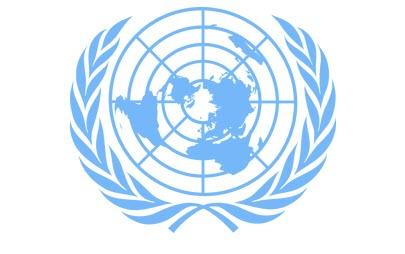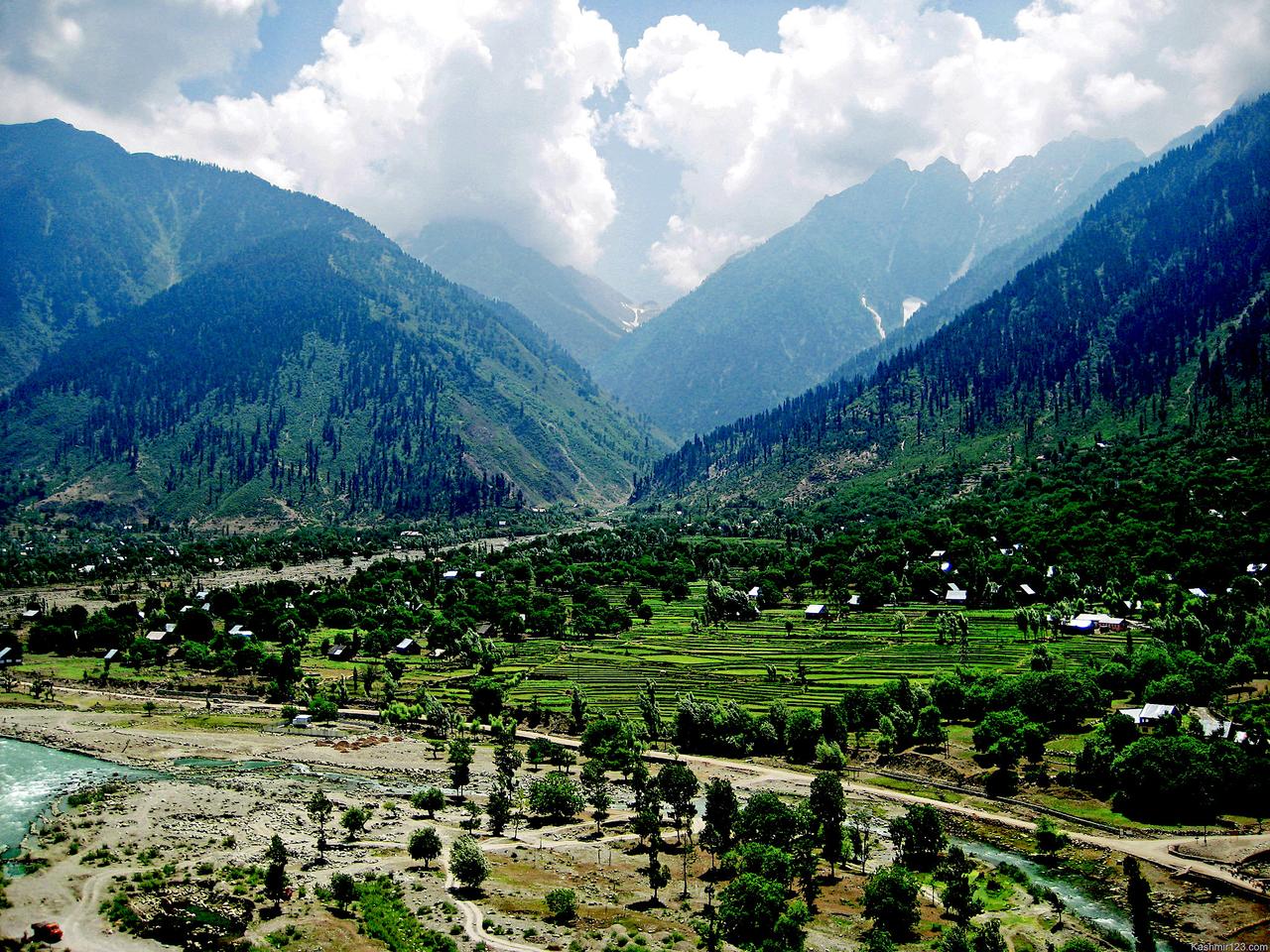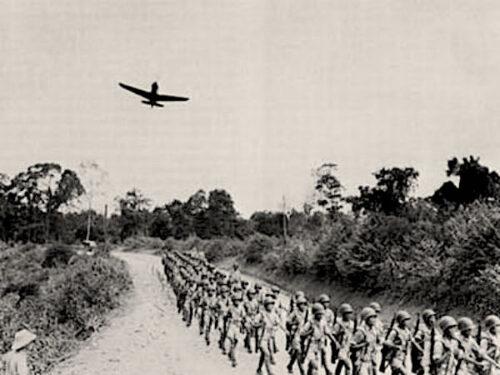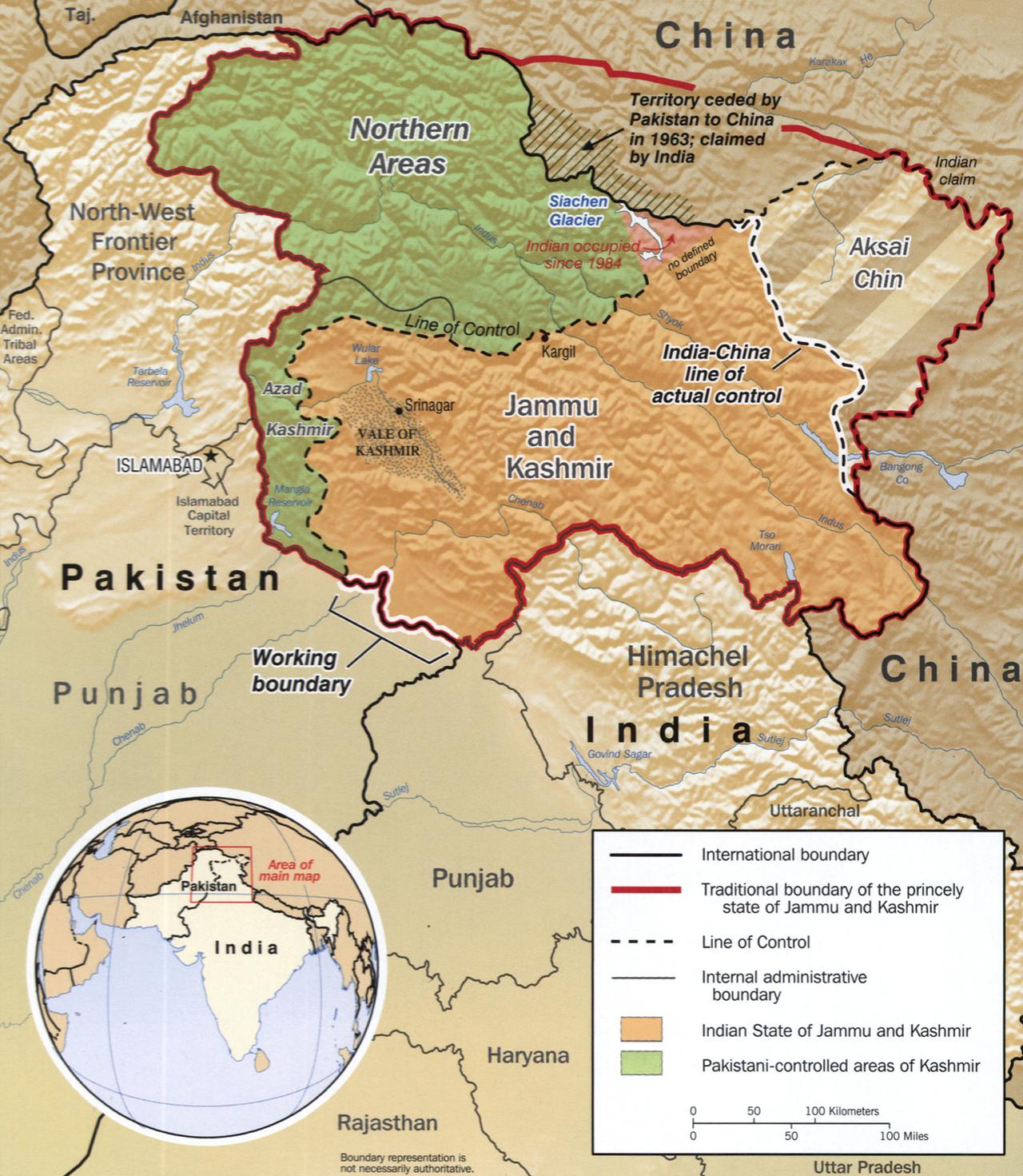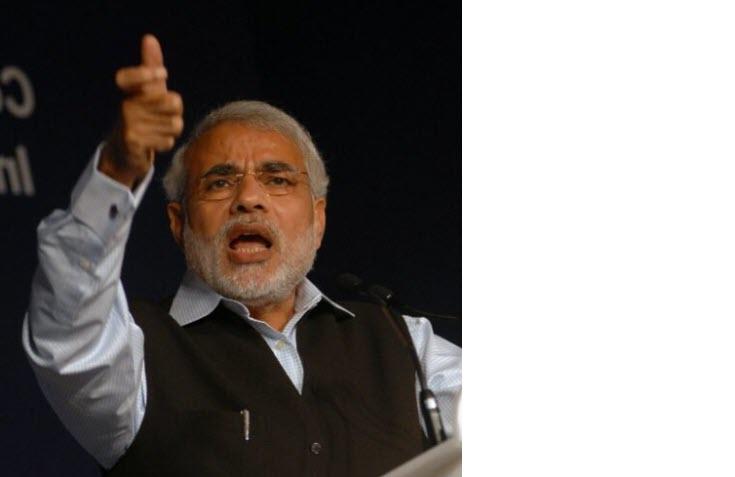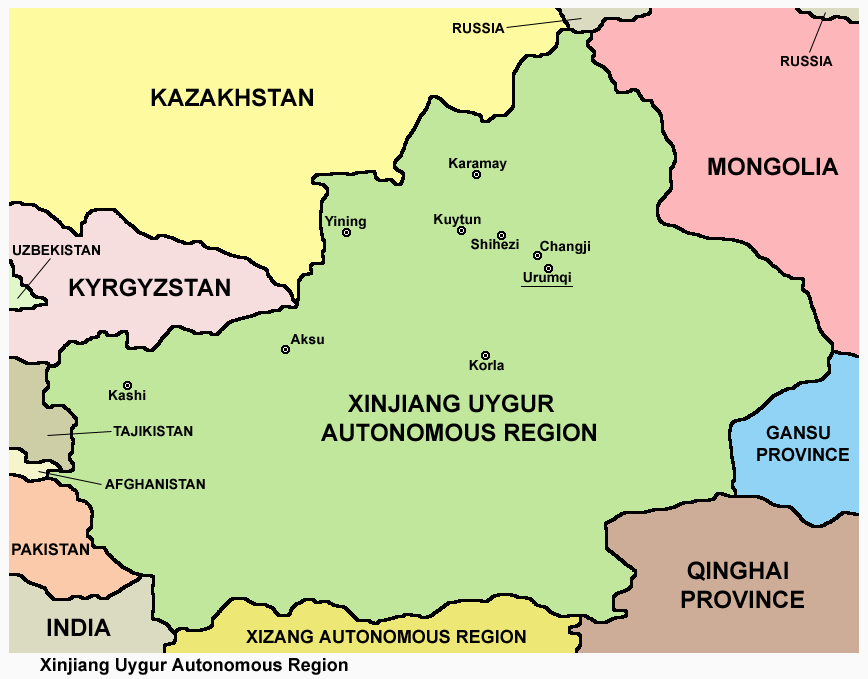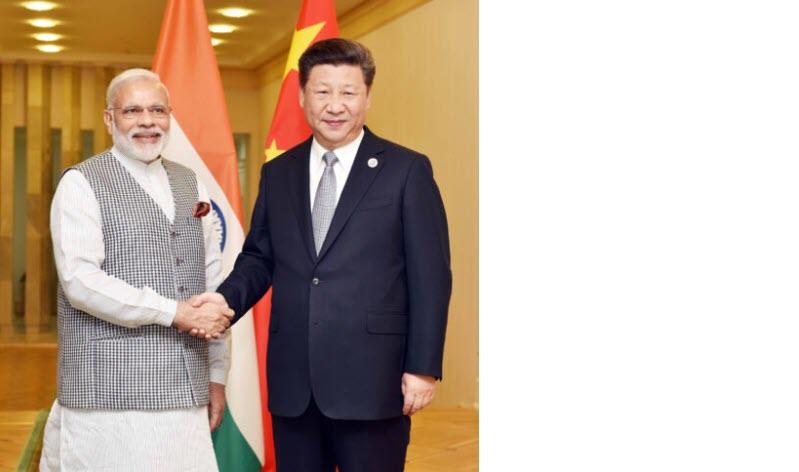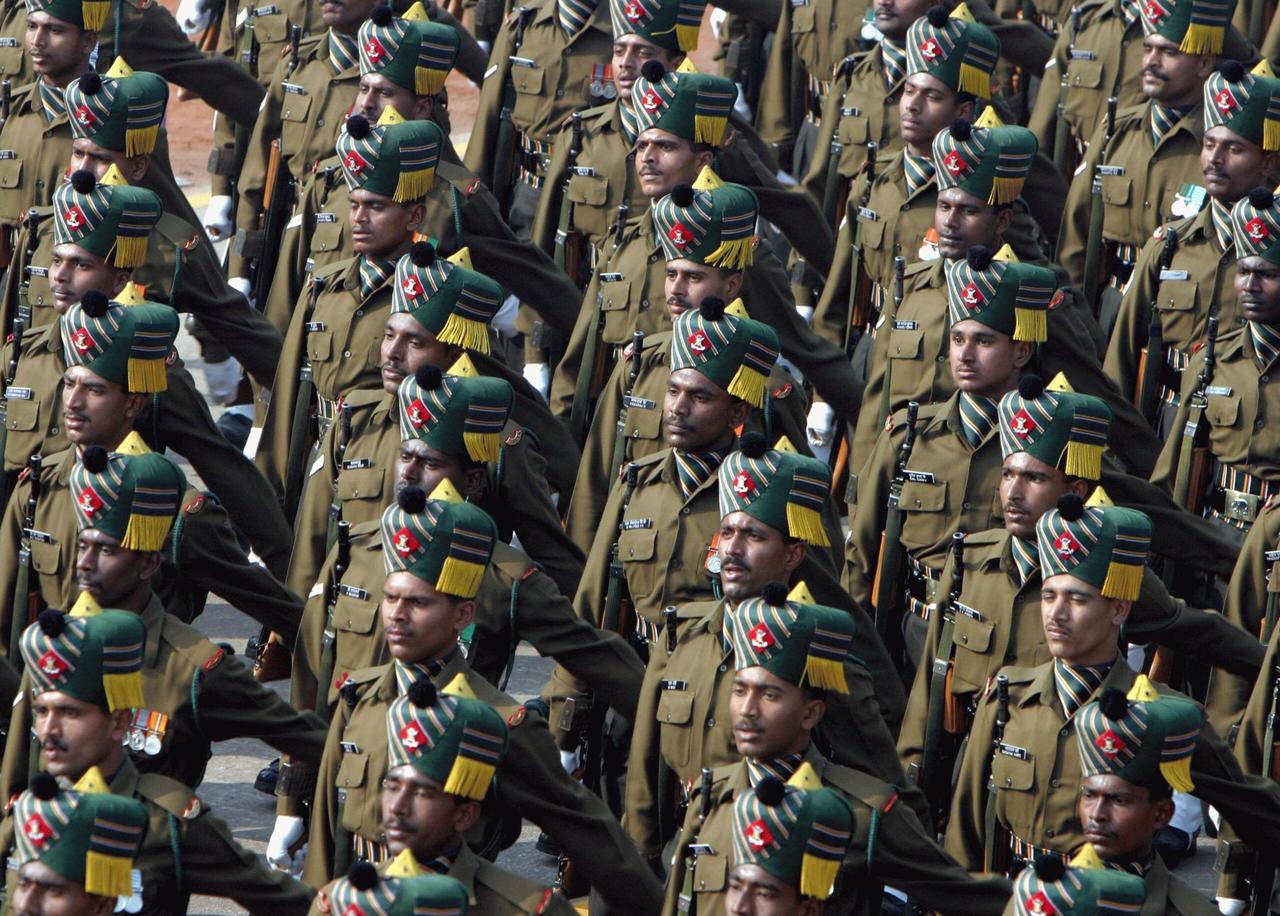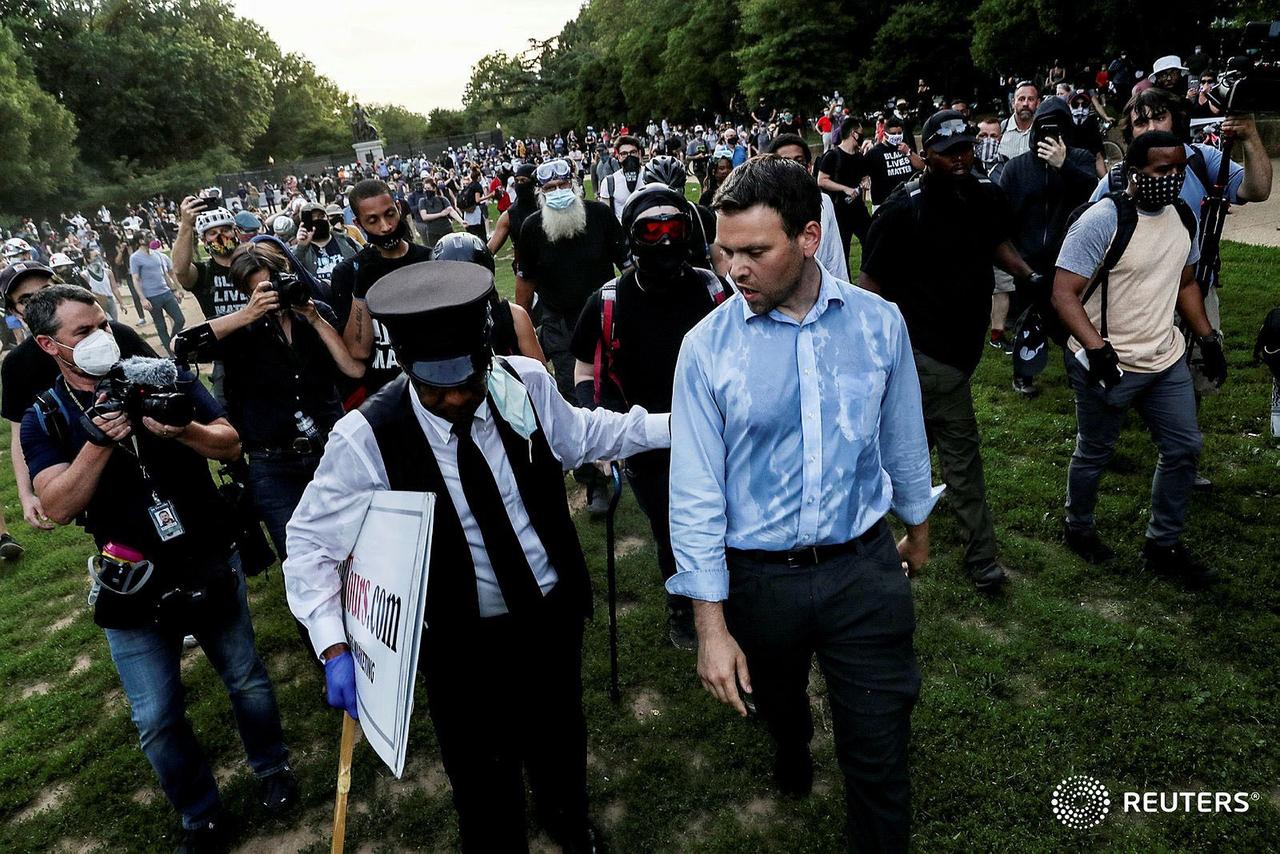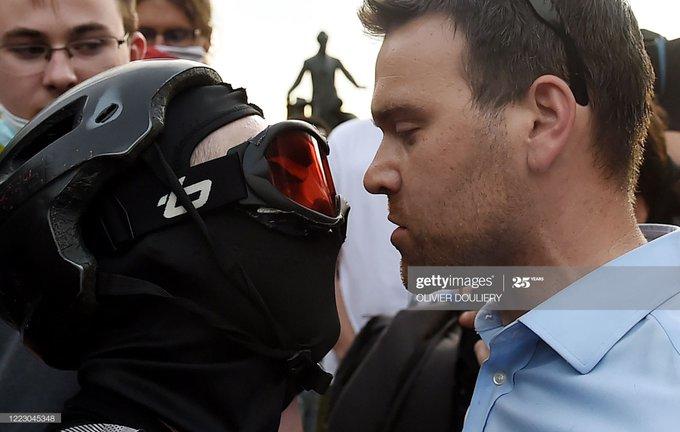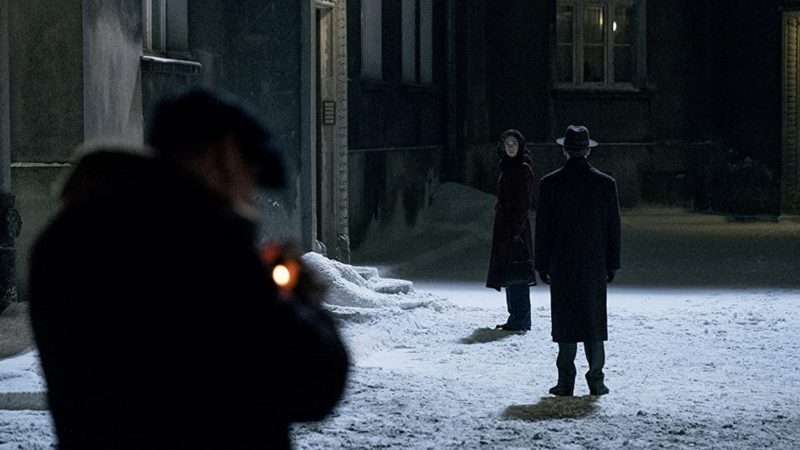
Mr. Jones. Available now from Amazon Prime.
The scene is Moscow, the year is 1932, and two reporters are in a venomous argument. One has just admitted to filing false stories attributing miraculous economic achievements to Joseph Stalin while ignoring the fact that he’s systematically starving peasants by the millions. Hitler, she declares, is on the march in Germany and, soon, the rest of the world, and without Stalin’s help, he’ll never be stopped.
“You sound like you work for Stalin!” the other reporter declares in horror.
“I don’t work for Stalin,” the first reporter haughtily insists. “I believe in a movement that’s bigger than any one person.”
Shuffle some names, faces and insert the phrase “moral clarity” in there somewhere, and this could be a right-this-minute conversation between American journalists. And as the remarkable and riveting Mr. Jones makes appallingly clear, the first one didn’t end well.
Mr. Jones is a 2019 Polish-Ukrainian-British film that’s been kicking around European film festivals for the past year but is getting its first real exposure this month on Amazon Prime. Directed by Polish filmmaker Agnieszka Holland (known for a series of movies about the Holocaust, including the Oscar-nominated Angry Harvest) from a first-time script by Ukrainan-American journalist Andrea Chalupa, it resurrects two little-remembered tales of the 1930s. One is Stalin’s deliberate infliction of a famine on the peasants of the Ukraine that killed between four million and seven million of them. The other is how Western journalists, particularly those of The New York Times, deliberately covered up the mass murder.
At the forefront of Mr. Jones are two reporters. One, Gareth Jones (British television actor James Norton), an ambitious rookie freelancer for what was then called the Manchester Guardian, is so inexperienced he forgot to bring his typewriter on the trip. The other, Walter Duranty (Peter Sarsgaard, Wormwood), The New York Times’ Moscow bureau chief, is fresh off a Pulitzer prize for his fawning coverage of Stalin’s command-and-control economic policies.
Jones has been told Duranty is the man to see to arrange an interview with Stalin. He explains what he wants to ask: “So how are the Soviets suddenly on a spending spree? Who’s providing the finance?” Duranty is noncommittal about the interview, but does have an answer about where the money is coming from: agricultural exports. “Grain is Stalin’s gold.” He also offers some bad news—a German reporter who’s a friend of Jones and had promised to show him around Moscow has been murdered, apparently during a mugging—almost unknown in the stringently locked-down Moscow of the 1930s, particularly in the area where journalists and other necessary foreign evils lived.
Nosing around while he waits to see what will happen with his Stalin interview, Jones learns that his German friend thought something fishy was going on in the Ukraine, the Soviet Union’s breadbasket region, which had recently been placed off-limits to foreigners, and was planning to sneak in. Jones decides to do the same, arranging a tour of a German-built factory on the other side of the Ukraine from Moscow, then ditching his Soviet minder to spend a couple of days wandering alone on foot.
Even before he leaves the train, Jones has clues that something has gone deeply wrong. When he offers to buy an overcoat from a Ukrainian passenger, the man begs to be paid in bread rather than currency. When Jones pitches a gnawed apple core into a wastebasket, another man dives into the trash to retrieve it.
But nothing can prepare him for what he sees when he gets off: Stiffened corpses scattered around the train station. Corpses in empty, deserted farmhouses. Corpses stacked on carts moving along village streets. Corpses being chewed on by starving children, who afterward trill a mournful ballad: “Hunger and cold are in our house, nothing to eat, nowhere to sleep and our neighbor has lost his mind and eaten his children… .”
Jones is eventually picked up by Soviet security forces and returned to Moscow, where he’s warned never to tell anybody what he’s seen. The “or else” will be the life imprisonment of half-a-dozen British phone company engineers who’ve been arrested on trumped-up spying charges. As he prepares to leave, he’s ostracized by other reporters, including the sneering Duranty. “There comes a time in every man’s life when he must choose a cause greater than himself,” Duranty lectures him with, yes, moral clarity.
Back in London, Jones discovers Duranty has filed a New York Times story dismissing him as a credulous amateur. There may be a bit of hunger in the Ukraine, Duranty writes, but absolutely no famine. And anyway, what if there was? “You can’t make an omelette without breaking a few eggs.”
Director Holland tells this story in masterful style, playing tricks with light and shading to give Moscow a haunted and threatening look. It’s most noticeable when the scene shifts to the Ukraine and the film fades to pure black and white, painting the desiccated landscape as if she were Ansel Adams in Hell. Watching reporters hold conversations in their rooms and offices on typewriters lower their voices when a stranger approaches and flinch at any sign of interest from their omnipresent minders gives a grim and dreadfully accurate depiction of what it’s like trying to practice journalism under totalitarian rule.
Chalupa’s script is effective—she frames the issues efficiently and her characters are compelling—but less accurate. She tells a story that is absolutely true in its essentials but much less so in its more-cinematic-than-life detail. The OGPU, as the KGB was called in the early 1930s, didn’t murder reporters who got off their leashes; it simply expelled them, forcing them to leave their posh Moscow habitat for the mean streets of the Depression back home. (The name of the murdered-reporter character, Paul Kleb, suggests he was intended as an homage to Russian-American journalist Paul Klebnikov, a Forbes staffer who was gunned down in Moscow in 2004).
Jones didn’t pull any James Bond razzmatazz to reach the Ukraine; he simply bought a ticket to Kharkov, a city much further down the line, and got off early. He wasn’t arrested and he wasn’t threatened; he finished his reporting trip and didn’t say anything about what he’d seen until he got back to London. None of this contradicts Mr. Jones‘ central thesis—that the mainstream pack of foreign correspondents in Moscow in the 1930s were a pack of mewling Stalinist whores, and that the novice Jones was a better journalist and a braver man than any of them—but it’s an unnecessary distraction.
If anything, though, Mr. Jones‘ depiction of the vicious way he was treated by his colleagues is understated. The first person to reveal the mainstream journalism cabal against Jones was Eugene Lyons, the Moscow correspondent for the United Press wire service at the time Jones was there. In his 1937 book Assignment in Utopia, Lyons recounts how after Jones began writing and giving speeches about the famine, all the foreign correspondents went to a meeting with the chief Soviet censor, who ordered them to denounce the young reporter as a liar.
Lyons admits that all the correspondents knew that Jones’ stories were absolutely accurate, even though none of them had reported the famine in their own newspapers, due to “the compelling need to remain on friendly terms with the censors.” (Some of them had even discussed the details of the famine with Jones before he went on his reporting trip.) Nonetheless, Lyons wrote, they all complied, “unanimously and in almost identical formulations of equivocation. … Poor Gareth Jones must have been the most surprised human being alive when the facts he so painstaking garnered from our mouths were snowed under by our denials.” After the deal was done, they broke out the vodka and partied well into the night.
Lyons may have been hyping his report a bit (though it scarcely did him any credit, either as a reporter or a human being) but the deliberate slander of Jones and his stories has subsequently been investigated and verified by several historians (including S.J. Taylor in Stalin’s Apologist, her scathing biography of Duranty; Anne Applebaum in her history of Ukrainian starvation, Red Famine; and Timothy Snyder in Bloodlands: Europe Between Hitler and Stalin).
And Duranty (who is played with a stunningly lustrous menace by Sarsgaard) was indeed the most bloodthirsty of the bunch. The line in his story about breaking eggs to make utopian socialist omelettes is dead accurate. And it apparently became a guide post for future generations of Times reporters. Herbert Matthews, whose mistaken or mendacious—take your pick—stories on Fidel Castro helped plunge Cuba into seven decades (and counting!) of miserable tyranny, would later blithely observe of Castro’s sanguinary appetite for executions, “A revolution is not a tea party.”
Whether Duranty’s affection for Stalin was the result of ideological leanings, as Mr. Jones suggests, or just personal convenience (he had a son by a Russian mistress who would not have been allowed to accompany him if he were expelled) is impossible to say. But it was devastatingly effective. His coverage of Stalin in general and his categorical denial of any famine in the Ukraine played a key role in Franklin Roosevelt’s decision to establish diplomatic relations with the Soviet Union in 1933. Duranty accompanied the first batch of Soviet diplomats to Washington and got a standing ovation from the crowd at a dinner honoring them.
While Duranty lived, the Times continued to support him professionally and personally. As late as 1957, just a few months before Duranty’s death, Times publisher Arthur Hays Sulzberger wrote him a personal check for $2,500 when he complained his funds were low. In recent years, the paper has been increasingly uneasy about its old reporter, even hiring a historian to evaluate his Soviet coverage. But when the historian suggested Duranty’s Pulitzer price be revoked, the Times turned self-righteous. “The notion of airbrushing history kind of gives me the creeps,” said Bill Keller, the executive editor at the time.
I thought of that last week when the Times editorialized in favor of pulling down Confederate statues. The editorial approvingly quoted Nancy Pelosi: “There is no room in the hallowed halls of Congress or in any place of honor for memorializing men who embody the violent bigotry and grotesque racism of the Confederacy.” Honoring lies in support of the violence and grotesquerie of Joseph Stalin is apparently another matter.
from Latest – Reason.com https://ift.tt/3i9v7pZ
via IFTTT
